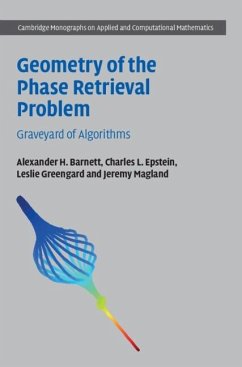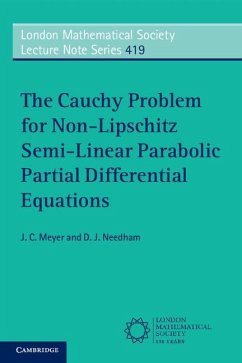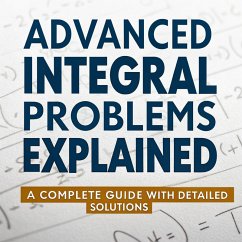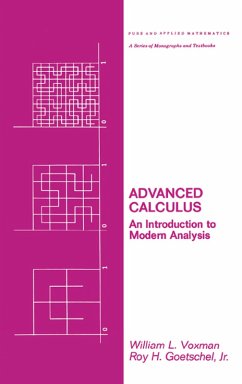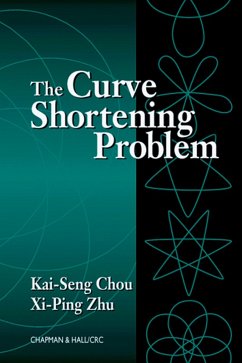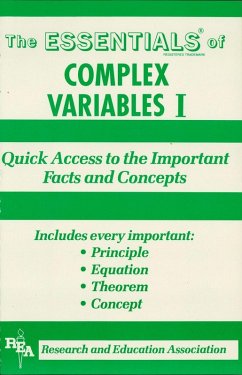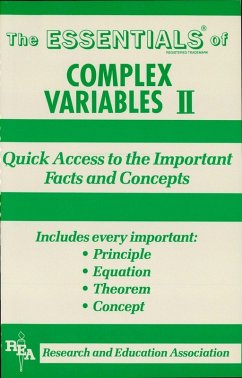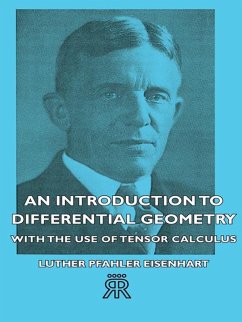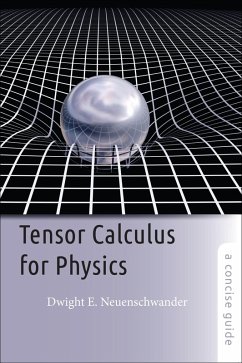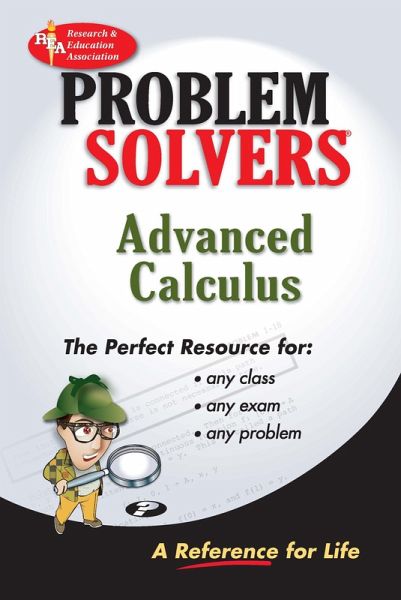
Advanced Calculus Problem Solver (eBook, ePUB)

PAYBACK Punkte
13 °P sammeln!
REA's Advanced Calculus Problem Solver Each Problem Solver is an insightful and essential study and solution guide chock-full of clear, concise problem-solving gems. Answers to all of your questions can be found in one convenient source from one of the most trusted names in reference solution guides. More useful, more practical, and more informative, these study aids are the best review books and textbook companions available. They''re perfect for undergraduate and graduate studies. This highly useful reference is the finest overview of advanced calculus currently available, with hundreds of c...
REA's Advanced Calculus Problem Solver Each Problem Solver is an insightful and essential study and solution guide chock-full of clear, concise problem-solving gems. Answers to all of your questions can be found in one convenient source from one of the most trusted names in reference solution guides. More useful, more practical, and more informative, these study aids are the best review books and textbook companions available. They''re perfect for undergraduate and graduate studies. This highly useful reference is the finest overview of advanced calculus currently available, with hundreds of calculus problems that cover everything from point set theory and vector spaces to theories of differentiation and integrals. Each problem is clearly solved with step-by-step detailed solutions.
Dieser Download kann aus rechtlichen Gründen nur mit Rechnungsadresse in A, B, BG, CY, CZ, D, DK, EW, E, FIN, F, GR, HR, H, IRL, I, LT, L, LR, M, NL, PL, P, R, S, SLO, SK ausgeliefert werden.




